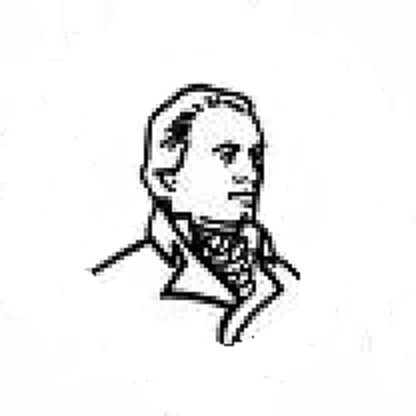

Mollie and Feemy--They Fought the Law and the Law Won
Even 20th Century women were at the mercy, not only of husbands, fathers and sons; but of just about anyone male.
In the early 20th century, United Atlas Portland Cement Co. was the nation's leading cement corporation. The mighty company which made the lion’s share of cement to build the Panama canal had to put one in the grave and one in an asylum, but Atlas finally managed to get the best of Mary Alice Heinbach and her sister Euphemia B. Koller.
In 1910 Atlas came across a snag in its bid to take over Ilasco, a tiny town located just outside Mark Twain’s Hannibal, Missouri. Atlas even named the place--Ilasco, an acronym that stands for Iron, Lead, Aluminum, Silicon, Calcium, and Oxygen—six ingredients needed to produce concrete.
But two fierce sisters defied the giant. Mollie refused to sell land she’d inherited from her husband. (OK. So maybe she was a golddigger. She married him just the year before he died. The man was a never-sober, incontinent lush--and abusive, to boot.)
Lawyers and politicians helped hubby’s relatives contest the will. In response, Mollie made her sister Feemy co-owner. Through four trips to the Missouri Supreme Court, the sisters fought to keep the land. Atlas wouldn’t give an inch either.
In 1921 Marion County Probate Court took Mollie into guardianship and ordered her property auctioned. Atlas was high bidder--surprise, surprise! Even after Mollie died, Feemy refused to give up. In 1928 Atlas and Ilasco institutionalized her in Missouri's Hospital for the Insane at Fulton where she remained until her death at age sixty-eight.
For more about the pair, read Gregg Andrews‘s book. Insane Sisters, Or, The Price Paid For Challenging A Company Town. University Of Missouri Press, Columbia, MO. c1999.





 Doctor Benjamin Rush
Doctor Benjamin Rush




